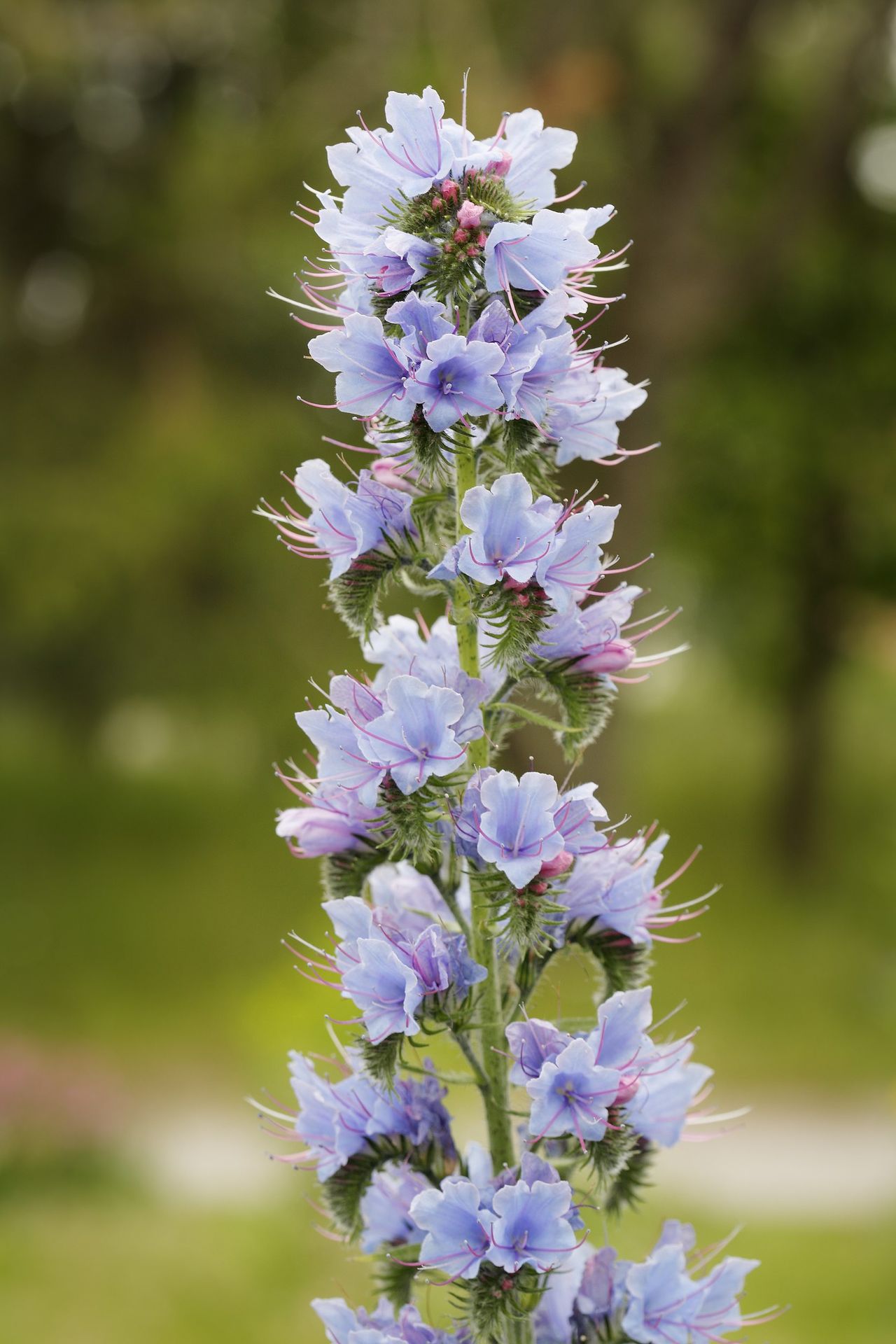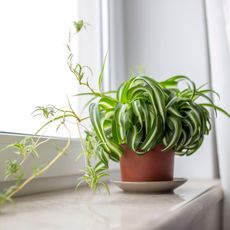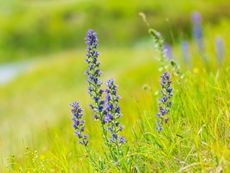Viper’s Bugloss Cultivation: Tips On Growing Viper’s Bugloss In Gardens


Viper’s bugloss plant (Echium vulgare) is a nectar-rich wildflower with clusters of cheery, bright blue to rose-colored blooms that will attract hordes of happy honeybees to your garden. Viper’s bugloss flowers are suitable for growing in USDA plant hardiness zones 3 through 8. Want to learn more about how to grow viper’s bugloss? Keep reading for tips on growing this low-maintenance plant!
Viper’s Bugloss Cultivation
Growing viper’s bugloss is easy. Just plant the seeds directly in the garden after all frost danger has passed in spring and you’ll have blooms in a few short months. Plant a few seeds every couple of weeks if you want blooms all summer long. You can also plant seeds in autumn for spring blooms. Viper’s bugloss thrives in full sun and nearly any dry, well-drained soil. Plant the seeds in a permanent location because viper’s bugloss has a long taproot that makes it extremely uncooperative when it comes to transplanting. To plant viper’s bugloss, sprinkle the seeds lightly on the soil, and then cover them with a very thin layer of fine soil or sand. Water lightly and keep the soil slightly moist until the seeds germinate, which usually takes two to three weeks. Thin the seedlings to allow about 18 inches (45 cm.) between each plant.
Caring for Your Growing Viper’s Bugloss
Viper’s bugloss requires very little care, and once established, the plants need virtually no irrigation and no fertilizer. Deadhead wilted blooms regularly to encourage continued blooming. Be vigilant about removing blooms if you want to limit rampant self-seeding in your garden.
Is Viper’s Bugloss Invasive?
Yes! Viper’s bugloss is a non-native plant that originated in Europe. Before you plant viper’s bugloss flowers in your garden, it’s important to note that the viper’s bugloss plant can be invasive in certain areas and is considered a noxious weed in Washington and several other western states. Check with your local extension office to see if it’s okay to grow this plant in your location.
Gardening tips, videos, info and more delivered right to your inbox!
Sign up for the Gardening Know How newsletter today and receive a free download of our DIY eBook "Bring Your Garden Indoors: 13 DIY Projects For Fall And Winter".

A Credentialed Garden Writer, Mary H. Dyer was with Gardening Know How in the very beginning, publishing articles as early as 2007.
-
 Caring For Your Curly Spider Plant: All You Need To Know To Grow A Cute Curly-Leaved Spider
Caring For Your Curly Spider Plant: All You Need To Know To Grow A Cute Curly-Leaved SpiderSpider plants may not seem all that daring or unusual, but there is one variety that definitely comes with a twist! Here’s how to cultivate the cute and curly spider plant
By Mary Ellen Ellis
-
 Sow These 5 Flower Seeds Before Winter Ends For Gorgeous Spring Blooms
Sow These 5 Flower Seeds Before Winter Ends For Gorgeous Spring BloomsGet a headstart on a vibrant spring garden with these fast-growing flowers. Sow them in the cold winter months to ensure an abundance of early-season color.
By Melanie Griffiths
